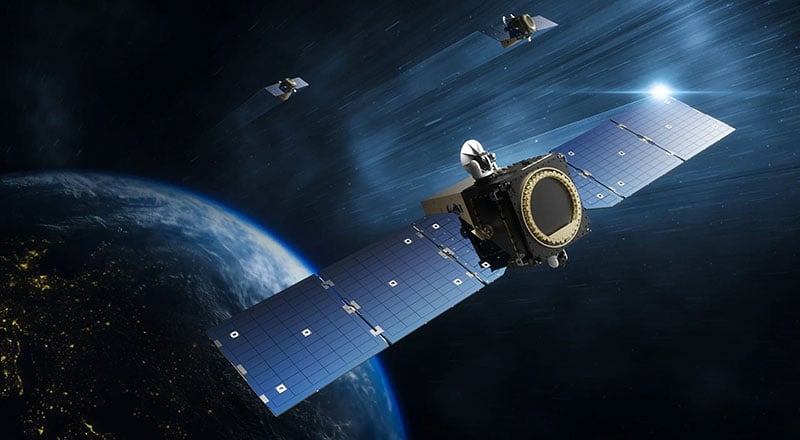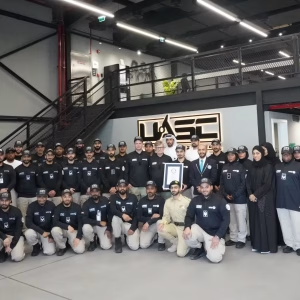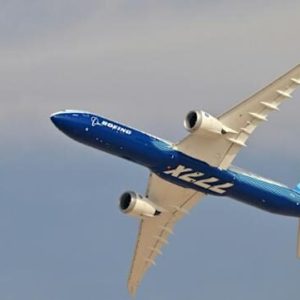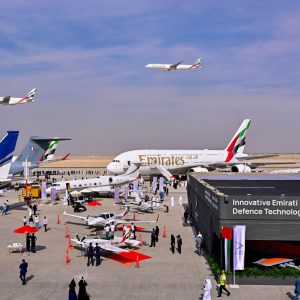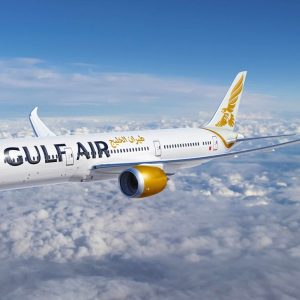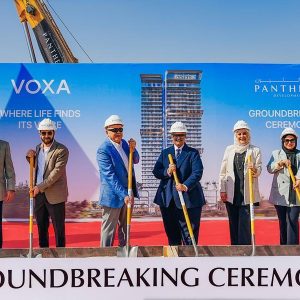The Dubai Airshow has long been a stage for aviation marvels, but this year the focus has shifted to the UAE’s ambitious space ventures. From cutting-edge satellites to daring asteroid missions, the country is showcasing its vision for the future of space exploration. Visitors and enthusiasts have the opportunity to experience the UAE’s progress firsthand, highlighting the nation’s growing role in global space research.
Satellite 813 Marks a Milestone for the UAE
One of the most talked-about exhibits at the Airshow is Satellite 813. This satellite represents a significant milestone for the UAE as it is the first project developed collaboratively by engineers from multiple countries in the region. The project reflects the UAE’s commitment to advancing regional expertise in space technology.
Preparations for the satellite’s launch are in the final stages. It is expected to be sent into orbit by the end of November or early December, depending on final technical checks. Once in space, Satellite 813 will operate for five years, continuously providing data to support climate research, environmental monitoring, and agricultural studies.

Satellite 813 is equipped with hyperspectral and panchromatic imaging technology. This allows it to capture detailed information about land use, vegetation, and weather patterns. Scientists in the region will be able to use this data to better understand environmental changes and plan more effective sustainability strategies.
The collaborative approach of Satellite 813 also helps strengthen regional partnerships. Engineers and scientists working together from different countries are developing shared expertise that can benefit future space missions. For the UAE, Satellite 813 is more than a scientific tool; it is a symbol of the country’s growing ambition and leadership in the space sector.
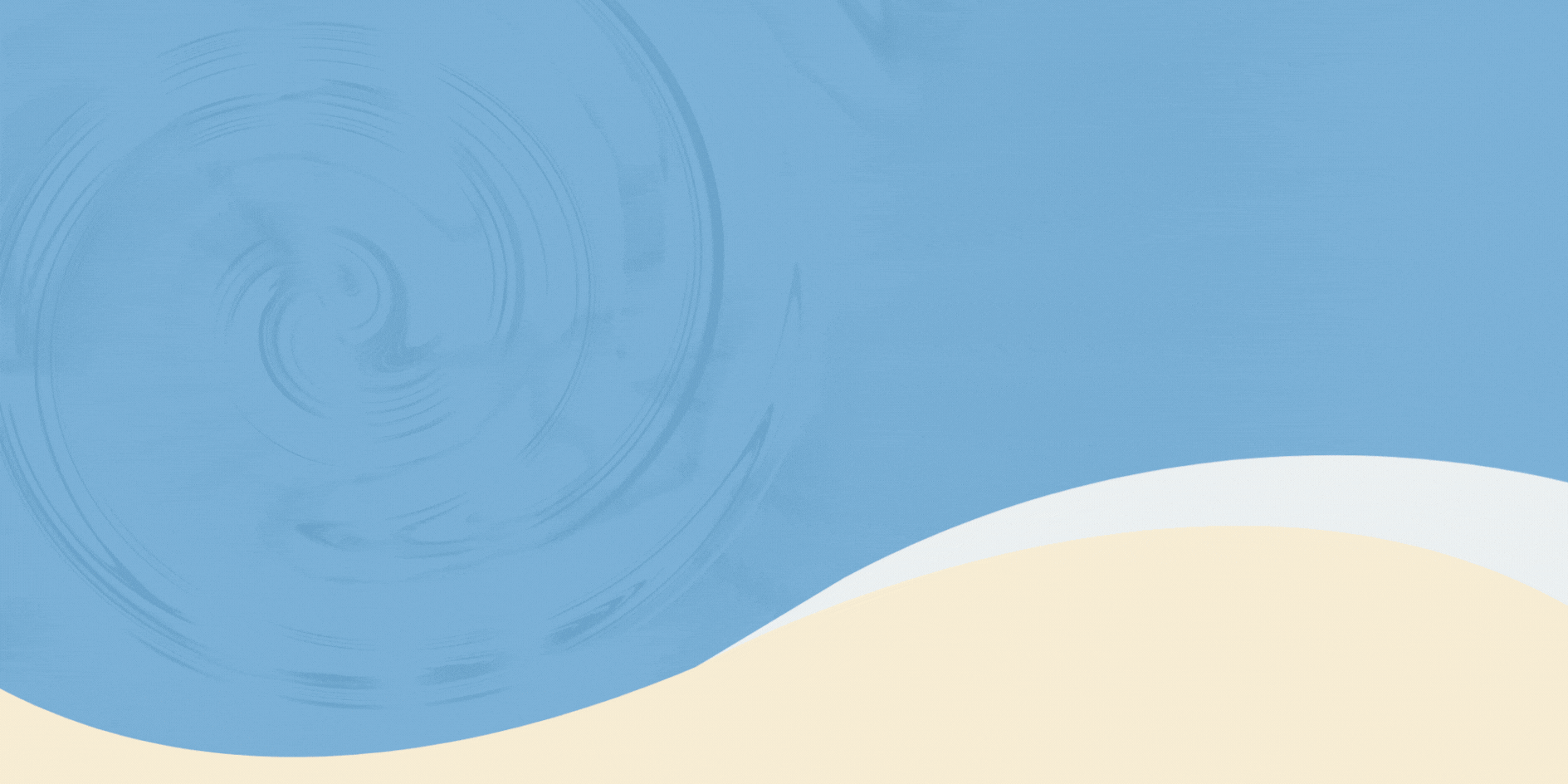
Emirates Mission to the Asteroid Belt
Another major highlight at the Airshow is the Emirates Mission to the Asteroid Belt, also known as EMA. This long-term mission involves the MBR Explorer spacecraft, which will travel about five billion kilometers through the inner solar system before reaching the asteroid belt located between Mars and Jupiter.
The mission is expected to last eight years. During this time, the spacecraft will make close flybys of seven carefully selected asteroids, collecting scientific data and capturing detailed images. At the final stage of the mission, the spacecraft will land on one asteroid to study its surface and gather additional information.
The EMA mission is designed to study water-rich asteroids and understand the early history of the solar system. By analyzing these asteroids, scientists hope to learn more about how water and other resources may have been distributed throughout the solar system. The mission also opens opportunities for the UAE’s private sector to contribute to spacecraft design, engineering, and mission planning, creating a strong foundation for future space projects.
Advancing Regional and Global Collaboration
The presence of Satellite 813 and the EMA at the Dubai Airshow demonstrates the UAE’s growing role in space research and technology. Both projects show a commitment to advancing science through collaboration and innovation.
Satellite 813 provides vital data for regional research, supporting efforts to monitor environmental changes and improve agricultural practices. Meanwhile, the EMA mission represents a bold step into deep space, reflecting the UAE’s long-term vision and willingness to take on complex, international scientific projects.
Through these projects, the UAE is positioning itself as a leader in regional space initiatives while contributing meaningfully to global research efforts. Collaborative work with international engineers and scientists strengthens the region’s capabilities and helps build a sustainable ecosystem for future space missions.
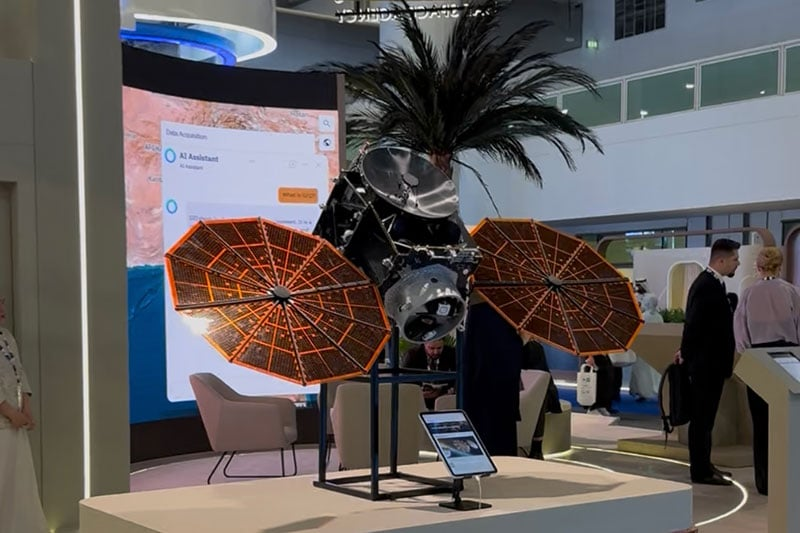
Public Engagement and Education
The Dubai Airshow also emphasizes public engagement, allowing visitors to learn about the UAE’s space programs in an interactive environment. Exhibits include scale models, interactive displays, and detailed explanations of the technology behind satellites and spacecraft. These initiatives make complex space science accessible to the general public and inspire curiosity among young people.
Schools and universities are increasingly focusing on STEM education to prepare students for careers in aerospace and technology. The Airshow provides a platform to connect students with experts, giving them insight into the real-world applications of science and engineering. These experiences help nurture the next generation of scientists, engineers, and innovators.
Inspiring the Next Generation
The UAE’s space projects are not only about scientific achievements but also about inspiring the future. Satellite 813 and the EMA mission show what is possible when ambition, innovation, and international collaboration come together.
For students and young professionals, these projects serve as tangible examples of career pathways in science and technology. By observing the UAE’s progress in space exploration, they can see how education and teamwork translate into real-world accomplishments and global recognition.
Conclusion
The Dubai Airshow 2025 has highlighted the UAE’s ambitious space agenda. Satellite 813 is set to provide critical data for environmental research, while the Emirates Mission to the Asteroid Belt promises to expand our understanding of the solar system.
These projects reflect a vision of collaboration, innovation, and scientific excellence. They demonstrate the UAE’s growing contribution to regional and global space research and its commitment to inspiring the next generation of scientists and engineers. As the UAE continues to advance its space capabilities, the country is not just observing the stars—it is reaching for them.
Do follow UAE Stories on Instagram
Read Next – Josh Groban is Coming to Dubai for an Unforgettable Concert

